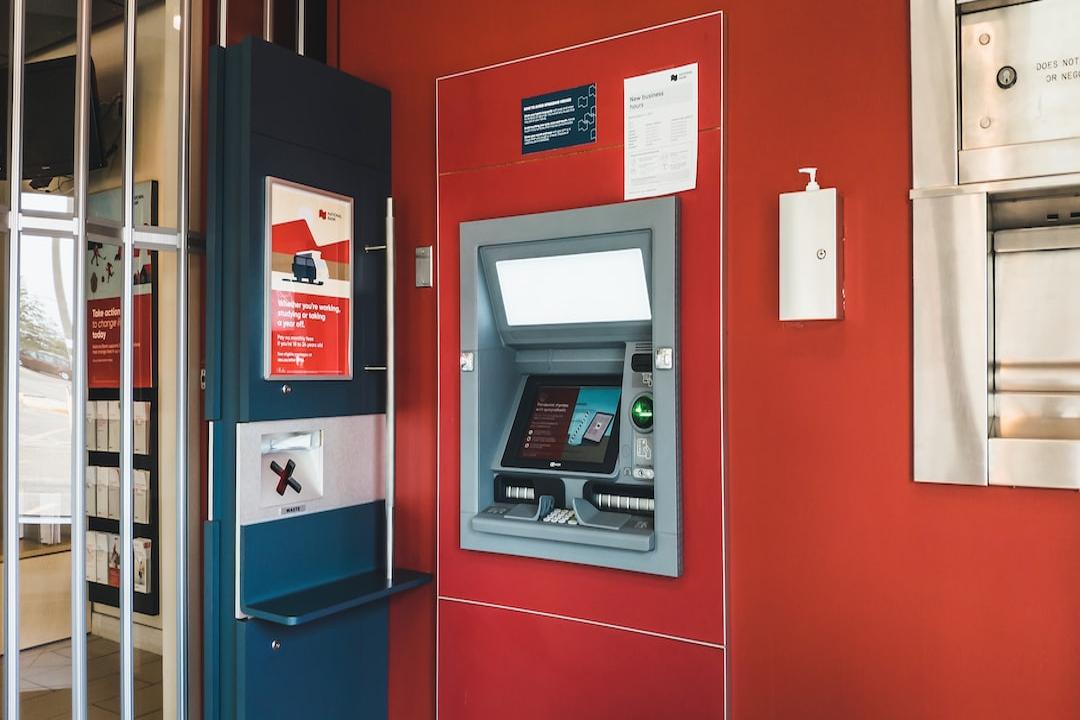On September 3rd, VanEck released a report predicting that the valuation of Ethereum Layer 2 (L2) would exceed $1 trillion by 2023 and forecasted the emergence of thousands of Rollups targeting specific use cases. However, VanEck also expects intense competition among L2 solutions and expresses a pessimistic outlook on the long-term value prospects of most L2 tokens.
In terms of L2 growth, the latest data from L2beat shows that there are currently 47 online L2s, with 35 more set to go live and 11 L3s in development. The average transactions per second (TPS) on L2 is 11.33 times that of the Ethereum mainnet. This suggests the potential for a bull market led by various L2 solutions and raises questions about the future valuation and quantity of L2 in the next 1-2 years.
In response to these questions, U.S. asset management giant VanEck has provided its own answer. They published a report on September 3rd stating that by 2023, the valuation of Ethereum Layer 2 networks could exceed $1 trillion under certain conditions and predicted the eventual emergence of thousands of Rollups (a type of Ethereum scaling solution, with most L2s being Rollups).
VanEck’s valuation methodology applies a Free Cash Flow (FCF) terminal multiple to future cash flow expectations. The prediction process includes several key steps:
1. Analyzing the overall potential market size (Total Addressable Market or TAM) of public chains to estimate transaction revenue.
2. Predicting Ethereum’s market share in the public chain market (with a projected 60% share under the base case) and determining the revenue distribution between Ethereum and its L2s through settlement and transaction fees.
3. Estimating the total value of Miner Extractable Value (MEV) and further distributing this value between Ethereum and its L2s.
In their analysis of L2, VanEck identified five key variables to measure its potential success or failure:
1. Transaction costs: The cost of transactions on L2 networks is a crucial factor in attracting users. Differences in transaction costs stem from factors such as data compression, scale, proof-of-stake costs, and profit margins.
2. Developer experience: Compatibility with the Ethereum Virtual Machine (EVM) is vital for L2 networks as it ensures seamless porting of smart contracts and tools from Ethereum.
3. User experience: The convenience of asset deposits and withdrawals is the foundation of a good user experience.
4. Trust assumptions: Building trust around data availability on L2 and implementing measures to prevent vulnerabilities and hacker attacks.
5. Ecosystem scale: The strength of an L2 network’s ecosystem significantly influences its value. Total Value Locked (TVL) on L2 indicates participation, as it shows the funds invested in the ecosystem to capture opportunities.
At the same time, VanEck expects intense competition among L2 solutions and expresses a pessimistic outlook on the long-term value prospects of most L2 tokens. They emphasize that while some L2 tokens may have future value, the path to value discovery is more unpredictable compared to other crypto areas, especially considering that L2 tokens are not even used as Gas tokens for fee payments within their own ecosystems.
Looking ahead, VanEck states that besides a few dominant general-purpose L2s, they anticipate the future emergence of thousands of Rollups targeting specific use cases. These L2s will be categorized, based on sectors, applications, or functionalities.


